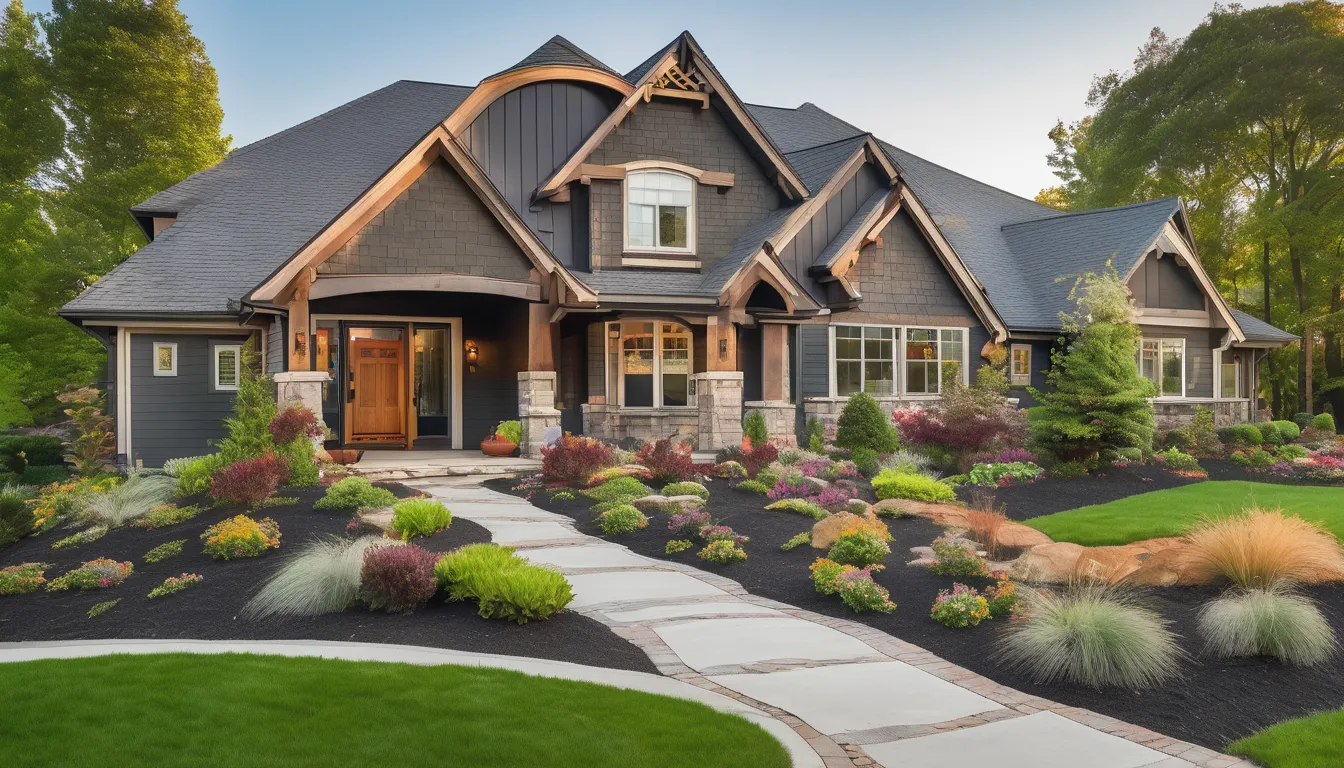
As you consider incorporating floor to ceiling glass into your design, you’re likely drawn to its potential to seamlessly connect indoor and outdoor spaces. But you may be surprised at just how versatile this feature can be. With a wide range of frame materials, glass types, and hardware options available, the possibilities for customization are vast. From modernizing a bathroom to transforming a commercial entrance, floor to ceiling glass can elevate the aesthetic and functionality of nearly any space. But what are the specific benefits and design considerations you should keep in mind when exploring this option?
Benefits of Floor to Ceiling Glass
Many builders and homeowners opt for floor to ceiling glass as it offers numerous benefits. You’ll find that it significantly increases the amount of natural light entering your space. This can boost your mood and reduce the need for artificial lighting, saving you money on energy bills.
Additionally, floor to ceiling glass provides unobstructed views of the surrounding environment, creating a seamless connection between indoors and outdoors.
It also makes your space appear larger and more spacious. By removing visual barriers and creating a sense of openness, floor to ceiling glass can make even the smallest rooms feel more expansive.
This is especially beneficial in urban areas where space is limited.
From a practical perspective, floor to ceiling glass can also increase the value of your property. It’s a desirable feature that many potential buyers look for, making it a worthwhile investment if you plan on selling in the future.
Design Options and Considerations
When it comes to incorporating floor to ceiling glass into your space, you have a wide range of design options to choose from.
This versatility allows you to create a unique and personalized aesthetic that complements your existing design.
From modern and sleek to traditional and ornate, floor to ceiling glass can be tailored to suit your style and preferences.
Some key design considerations to keep in mind include:
- Frame materials and finishes: Choose from a variety of frame materials, such as aluminum, steel, or wood, and finishes, like anodized, powder-coated, or stained.
- Glass types and tints: Select from different glass types, including clear, low-iron, or tinted glass, and choose a tint that suits your desired level of solar control and UV protection.
- Hardware and accessories: Consider the type of hardware and accessories you need, such as handles, hinges, and locks, to ensure seamless functionality.
- Acoustic and thermal performance: Think about the acoustic and thermal requirements of your space and choose glass that meets those needs.
- Structural integrity: Ensure that your floor to ceiling glass design is structurally sound and can withstand various environmental conditions.
Residential Glass Installation Ideas
Now that you’ve considered the various design options and considerations for floor to ceiling glass, you’re ready to think about how to bring this feature to life in your home. When it comes to residential glass installation, the possibilities are endless.
You can use floor to ceiling glass to create a stunning entrance, flood a room with natural light, or frame a breathtaking view.
Consider installing floor to ceiling glass windows or sliding glass doors in your living room or kitchen to bring the outdoors in. You can also use glass to create a sense of separation between spaces, such as a glass wall between a dining area and a living room.
In bathrooms, divisorias de vidro piso teto orçamento to ceiling glass showers or tub enclosures can create a sense of luxury and sophistication. Additionally, glass railings or balustrades can be used to add a touch of elegance to staircases or balconies.
Commercial Applications of Glass
From office buildings to shopping centers, floor to ceiling glass is a versatile feature that can elevate the aesthetic and functionality of commercial spaces.
You can incorporate this design element into various commercial applications, transforming the way you do business.
Glass has become a staple in modern commercial architecture, offering numerous benefits that cater to diverse business needs.
Here are some key applications of floor to ceiling glass in commercial settings:
- *Enhanced natural light*: Glass allows for an abundance of natural light, reducing the need for artificial lighting and creating a welcoming atmosphere.
- *Increased visibility*: Floor to ceiling glass makes it easy to showcase products or services, attracting potential customers and drawing them in.
- *Modern aesthetic*: Glass features can give your commercial space a sleek, modern look that reflects your brand’s values and style.
- *Energy efficiency*: Insulated glass can help regulate temperatures, reducing energy costs and promoting sustainability.
- *Improved safety*: Tempered glass provides an added layer of security, protecting occupants and customers from potential hazards.
Overcoming Installation Challenges
Many commercial properties rely on floor to ceiling glass installations to elevate their aesthetic appeal, but these projects often come with unique installation challenges.
You’ll need to consider factors such as structural integrity, weather sealing, and thermal performance when designing and installing these systems.
When it comes to installation, you’ll want to ensure that your team has the necessary expertise to handle the project’s complexities. This may involve working with experienced glaziers, architects, and engineers to ensure that the system is designed and installed correctly.
It’s also crucial to select the right materials and hardware for the job, including high-quality glass panels, frames, and sealants.
To overcome installation challenges, it’s essential to carefully plan and execute the project.
This includes conducting thorough site surveys, creating detailed installation plans, and testing the system for air and water tightness.
Conclusion
As you weigh the benefits of floor to ceiling glass, remember that its versatility knows no bounds. From modernizing residential spaces to transforming commercial areas, the possibilities are endless. With careful consideration of frame materials, glass types, and hardware options, you can create installations that not only elevate aesthetics but also increase property values, improve energy efficiency, and enhance the user experience. By embracing this trend, you’ll be opening doors to new design possibilities.



